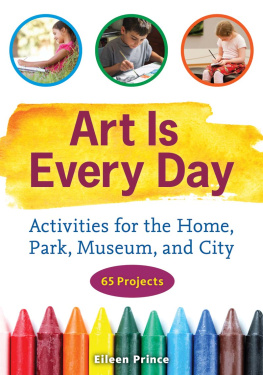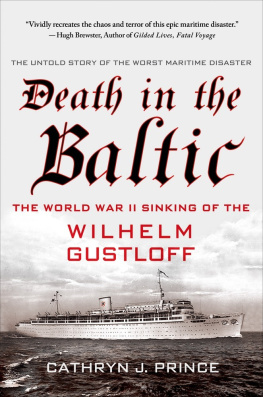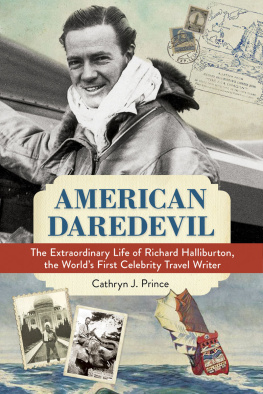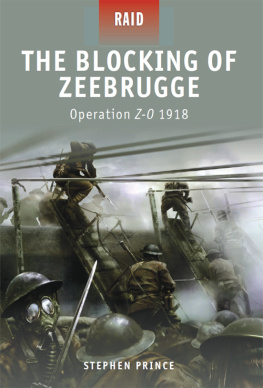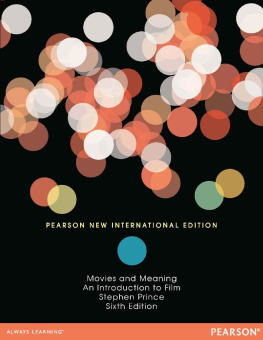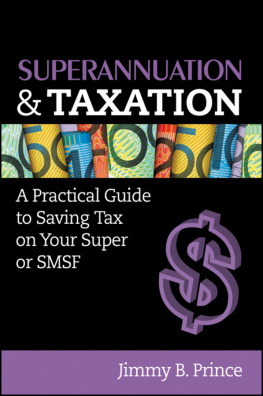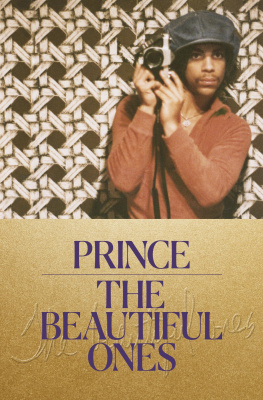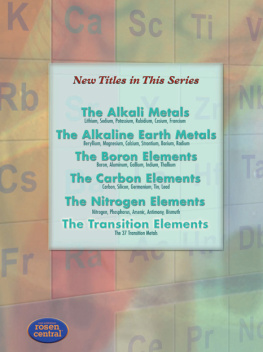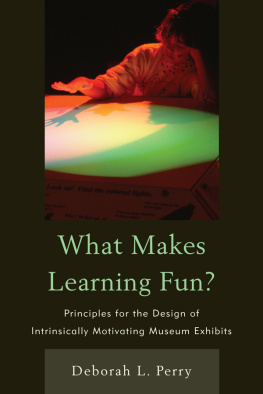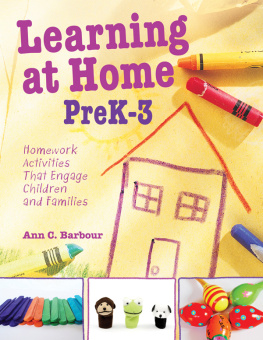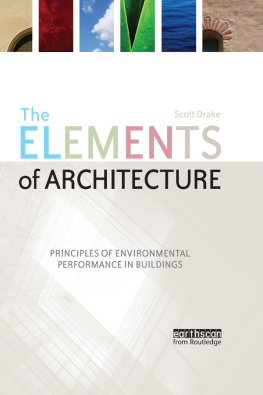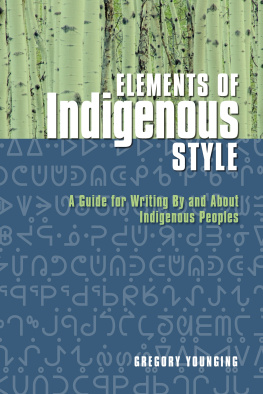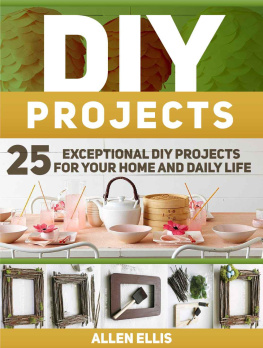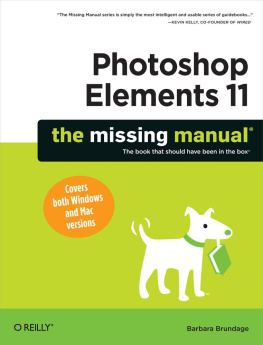Copyright 2012 by Eileen S. Prince
All rights reserved
First edition
Published by Zephyr Press, an imprint of
Chicago Review Press, Incorporated
814 North Franklin Street
Chicago, Illinois 60610
ISBN 978-1-56976-715-3
Cover and interior design: Monica Baziuk
Front cover images: (Clockwise from top left) young girl sketching against a tree:
iStockphoto, Mark Bowden; boy painting with watercolors: iStockphoto,
Mlenny Photography; girl at a museum: iStockphoto, Franky De Meyer;
watercolor brushstroke: Shutterstock, Roman Sigaev; row of crayons:
Shutterstock, Michal Vitek
Back cover and interior images: Authors collection
Library of Congress Cataloging-in-Publication Data
Prince, Eileen S., 1947
Art is every day : activities for the home, park, museum, and city / Eileen S. Prince.
pages cm
ISBN 978-1-56976-715-3 (pbk.)
1. ArtStudy and teaching (Elementary)Activity programs. I. Title.
N350.P75 2012
702.8dc23
2012005290
Printed in the United States of America
5 4 3 2 1
Contents
I A Brief Overview of Elements,
Principles, and Other Terms
Introduction
T HE SEEDS OF this book were planted several years ago during discussions with a close friend. Her grandson is very talented in art. Every time I discussed some project we were doing in my class, she would say something like, Oh, I wish my grandson went to your school. His art program is just awful! Another friends granddaughter is similarly gifted, but she has steadily lost interest, due in large part, I believe, to lackluster, empty art projects at her school. (As any educator will tell you, art programs are the first to feel the effects of a poor economy, and the recent focus on test results has exacerbated the problem. Trained art teachers are deemed expendable.)
The seeds were nurtured more recently by a somewhat different experience. A dear friend was planning to babysit her grandchildren for several days and asked if I had some simple art projects that might help pass the time in an enjoyable yet educational way. Since I was working on a book of lesson plans on that occasion, I easily picked a few that were appropriate.
Recent scientific and psychological discoveries about how the brain functions stress the importance of visual imagery to learning and memory. Such books as Daniel H. Pinks A Whole New Mind (Riverhead, 2006) suggest that the future will belong to people who develop those abilities associated with the right sides of their brains as well as those linked to the left. Spending time helping a child improve his or her creative and visual skills may have far-reaching benefits in later years.
There are several reasons you might use this book. You might be unhappy about your childs ineffective art program at school and wish to supplement it with substantive projects or discussions that will truly teach your child some basics. Or perhaps your childs school has cut its art program entirely due to budgetary constraints and you want to help fill the void. You might wish to keep your child interested in art until a time (usually high school) when he or she can take more productive courses. You might be pleased with your childs art program and merely wish to reinforce it. (Yes, there are some terrific art teachers out there!) Or you might be a teacher who would like to assign some enjoyable activities to support or enrich your program. You might want something fun yet educational to do during your childs or grandchilds vacation hours. Or you might want to start preparing your children for a future that relies heavily on so-called right-brained functions. You might not even have childrenperhaps you want a few fun suggestions for projects that will whet your own appetite for further study!
The great thing about a valid art lesson is that it is self-individualizing. That is, given the same instructions, a kindergartener will complete the project at one level, a sixth grader at another, and an adult at still another. Most of the lessons I present here should be stimulating to people of any age.
Whatever your reasons for reading this book, please be aware that it is not a curriculum as such. If you are looking for a structured, step-by-step approach to art education, I encourage you to use my two previous books, Art Is Fundamental: A Complete Guide to Teaching the Elements and Principles of Art in Elementary School (Zephyr Press, 2008) and Art Matters: Strategies, Ideas, and Activities to Strengthen Learning Across the Curriculum (Zephyr Press, 2002). Together, those books can provide a complete curriculum for introducing art and art history to students. They present units in logical progression (see the Social Studies and History chapters in Art Matters), whereas the projects presented here follow no particular order. However, you can certainly use the activities in this book to supplement those volumesto introduce or reinforce important concepts such as elements, principles, aesthetics, criticism, and art history. And, by using the Index of Projects by Elements and Principles included at the end, you could definitely arrange the activities in a more sequential way. (Note: If you have used either of my previous books, a few of these projects may seem familiar. However, in most cases, I have added to or changed some aspect of the activity, so dont assume the steps are identical.)
Many books on the market offer enjoyable projectsin fact, I urge you to try some. What sets this book apart, I believe, is the fact that it presents vocabulary and concepts as well as hands-on exercises, and it includes conceptual, intellectual projects as well as physical ones. But once again, this is not intended to be a complete curriculum.
It is not necessary for you to be familiar with the vocabulary involved or to have any special skills before you start. In fact, if you are a parent or grandparent, studying the material with the child could be a terrific lesson in itself. Think of the great example you will set as a lifelong learner. It would, however, be an excellent idea to read this entire introduction and the vocabulary overview on pages before you begin. If an activity seems fraught with potential pitfalls, you might want to try it before teaching it, but most of the ideas I have included are pretty easy. I have also tried to avoid lots of exotic, expensive materials, although you might want to invest in a couple of special media if your child seems particularly interested or involved. But let me stress that the fundamentals of art are principles such as composition and color theory, and these concepts can be well taught with surprisingly simple supplies.
One of the main purposes of the activities in this book is to help the participant to see. We look at so many things in the world around us without actually registering the details of those subjectstheir shapes, textures, lines, forms, and colorsthat we can sometimes be surprised by their beauty and complexity. The most common object, when truly seen, can provide an aesthetic opportunity. Learning to appreciate beauty in the world around us can be a wonderful experience.
This volume should be fairly easy to use. It is divided into different sections based on the type of environment in which you might find yourself. Several of the activities or projects are appropriate for more than one location, and one idea or experience might inspire you to do something similar but not identical, so it might be a good idea to read through the entire book before starting. But thats not absolutely necessary. Whether you are using this book for yourself, your students, your children, or your grandchildren, I hope you enjoy it!

